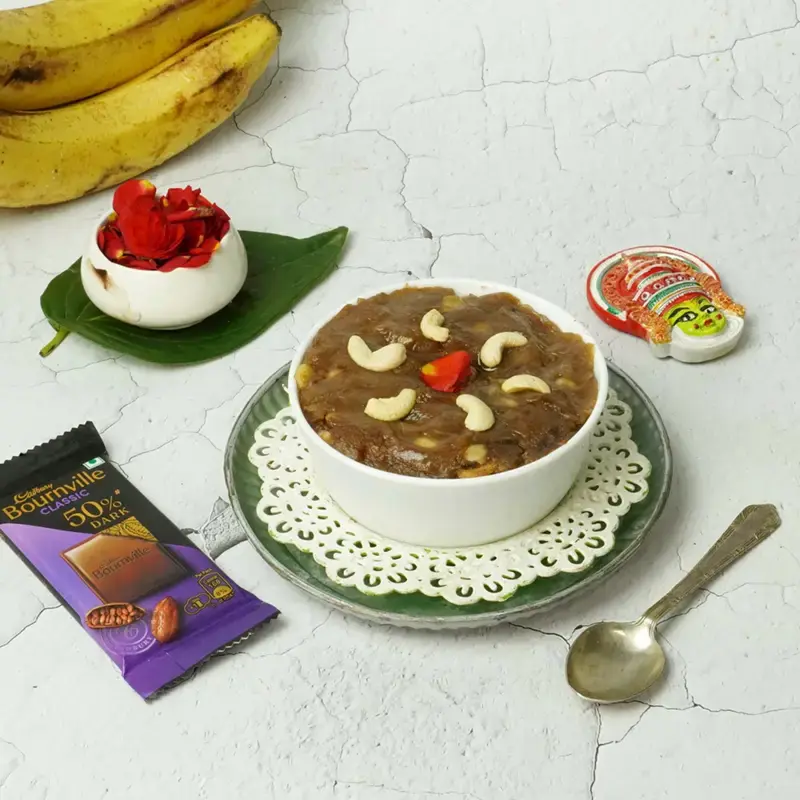- Home
- Articles
- Celebrating Cinnamon, the Soul Warming Spice Used for Baking That Adds a Spicy Kick to Baked Goodies
Hot cocoa, pumpkin spice, and cinnamon rolls are incomplete without…cinnamon, of course! So what better day than today to celebrate its distinct sweet and fiery spiciness?
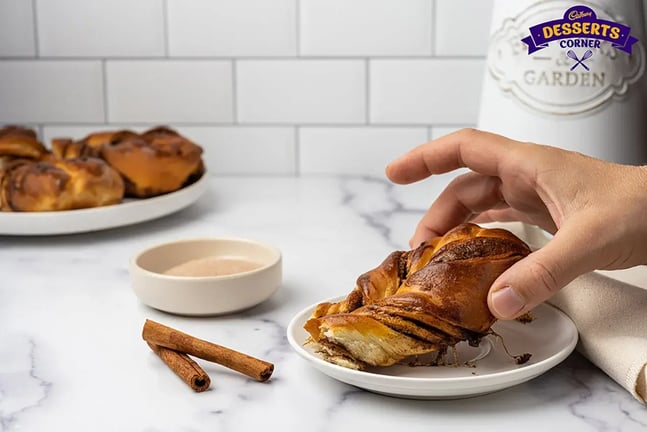
Hot cocoa, pumpkin spice, and cinnamon rolls are incomplete without…cinnamon, of course! So what better day than today to celebrate its distinct sweet and fiery spiciness?
Cinnamon is widely grown in the southern states of India, like Tamil Nadu and Kerala, and some pockets of Goa and adjoining states too. Depending on the dish, it is used in different forms, like rolled bark, powder and oil form, enriching the flavor of both sweet and savory food items.
What better day than the 1st of November, a day dedicated to celebrating this fiery spice? You might disagree but one bite of this bark might initially be sweet, until a few seconds later when the fiery heat kicks in and the waterworks start, one that no amount of water can douse.
Despite this odd combination of a sweet and fiery aftertaste, cinnamon, in its more tamed form, which is mostly powder and oil, has been a staple for bakers for centuries, as it alters desserts for the better, all thanks to its unique flavor profile and its versatility.
The Cinnamon in Baking

There are two varieties of cinnamon that have wide culinary applications that are grown commercially in Asia, mostly east and South Asia. These variants are known as Ceylon and Cassia, and the former is grown only in Sri Lanka (which was formerly called Ceylon, from which this variant derives its name) and the previously mentioned states of India.
It is the flavor that makes them so popular, especially for baking. Ceylon cinnamon has a less intense flavor and is ideal for recipes that call for a subtle flavor, whereas Cassia cinnamon, widely grown in Southern China, is best suited for bakes that need a stronger cinnamon flavor, for example pumpkin spice and cinnamon rolls.
The Other Kinds of Cinnamon
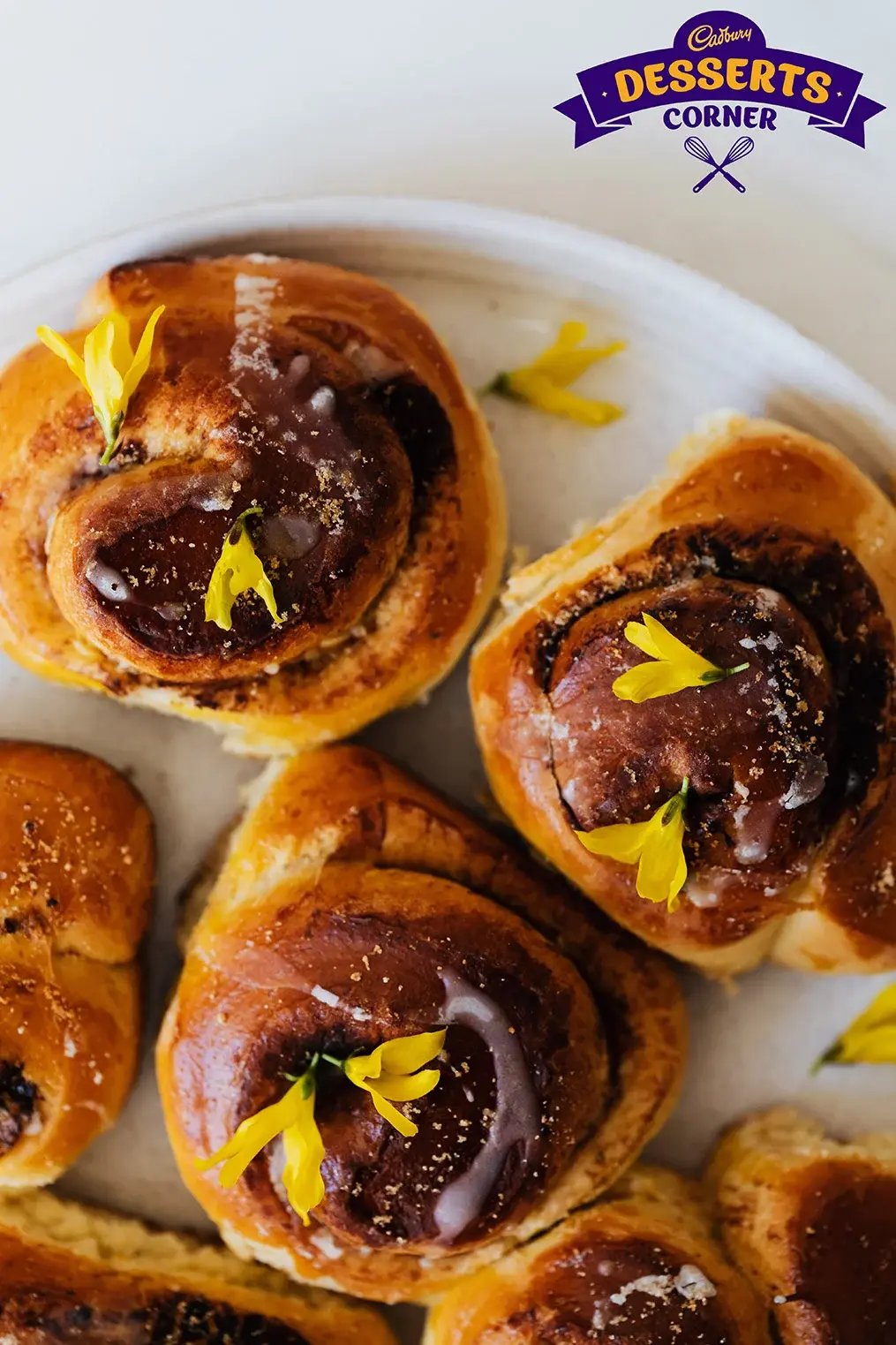
As long as you store your cinnamon well and use it before its expiry date, you should be fine. The Ceylon is more floral and fruity as compared to the Chinese Cassia, which has the spicy kick with a woody flavor profile. There are also other varieties in the market, which are not exactly locally available but have unique flavor profiles.
There’s the Saigon or Vietnamese cinnamon, which bonds really well with equally fiery flavored spices like ginger and cloves. There’s also the Indonesian Korintje cinnamon that is not as spicy as the Vietnamese one but bolder than our Indian Ceylon.
What Gives it the Flavor
It’s the oil of the cinnamon tree that gives it the aroma, and makes cinnamon such a valuable spice. This oil is just 0.5% to 1% of the total composition, and often shops sell cinnamon after the extraction of this valuable oil. However, it can be difficult to detect that unless you are a spice expert, as the aroma is often a dead giveaway for such cases.
Cinnamon also has a distinct aroma that when baked with a dessert or bread creates a homely atmosphere, which is both calming and comforting. Just a small amount adds warmth and a distinct flavor to baked goods like breads, pastries, and cookies.
As an absorbent spice, cinnamon also helps baked items retain moisture so they stay fresh with a longer shelf life. Its versatility pairs beautifully with common baking ingredients like fruits, nuts, and chocolate.
Choosing the Right Form of Cinnamon

Whether baking, brewing, or garnishing with cinnamon, it's important to choose the right form since each type brings its own unique qualities.
1. Ground cinnamon is best for baking where a smooth, evenly distributed cinnamon flavor is desired. Its fine powder blends seamlessly into batters and doughs. Keep ground cinnamon handy for cinnamon rolls, coffee cakes, and other baked goods.
2. Cracked cinnamon retains more of the bark's texture compared to the powder. Its larger, rougher pieces are perfect for infusing cinnamon flavor into liquids without overpowering delicate mixtures. Drop cracked cinnamon into simmering apple cider or your regular chai for more warmth.
3. Whole cinnamon sticks impart a more subtle cinnamon presence. They are usually meant for cooking and not ideal for baking, but you can use them for garnishing your cakes and pies. Stick one or two in a mug of hot cocoa or place one on a plate alongside a pumpkin pie.
Health Benefits of Cinnamon
In addition to its noteworthy taste, cinnamon has potential health benefits, being rich in antioxidants that help reduce inflammation. Cinnamon is also great at helping in regulating blood sugar levels and in turn lowers the risk of heart disease.
Substituting Cinnamon
Whole cinnamon sticks or the Ceylon bark can be stored in an airtight container for up to one year. Ground cinnamon only stays fresh for about 6 months. But do follow the label of whichever spice you buy.
Storing Cinnamon
If you run out of cinnamon, alternatives like ginger, nutmeg, or allspice can stand in but will provide a subtly different flavor profile. Knowing cinnamon's versatility in baking makes it a handy spice to keep on hand.
Like This Article?
More Like This
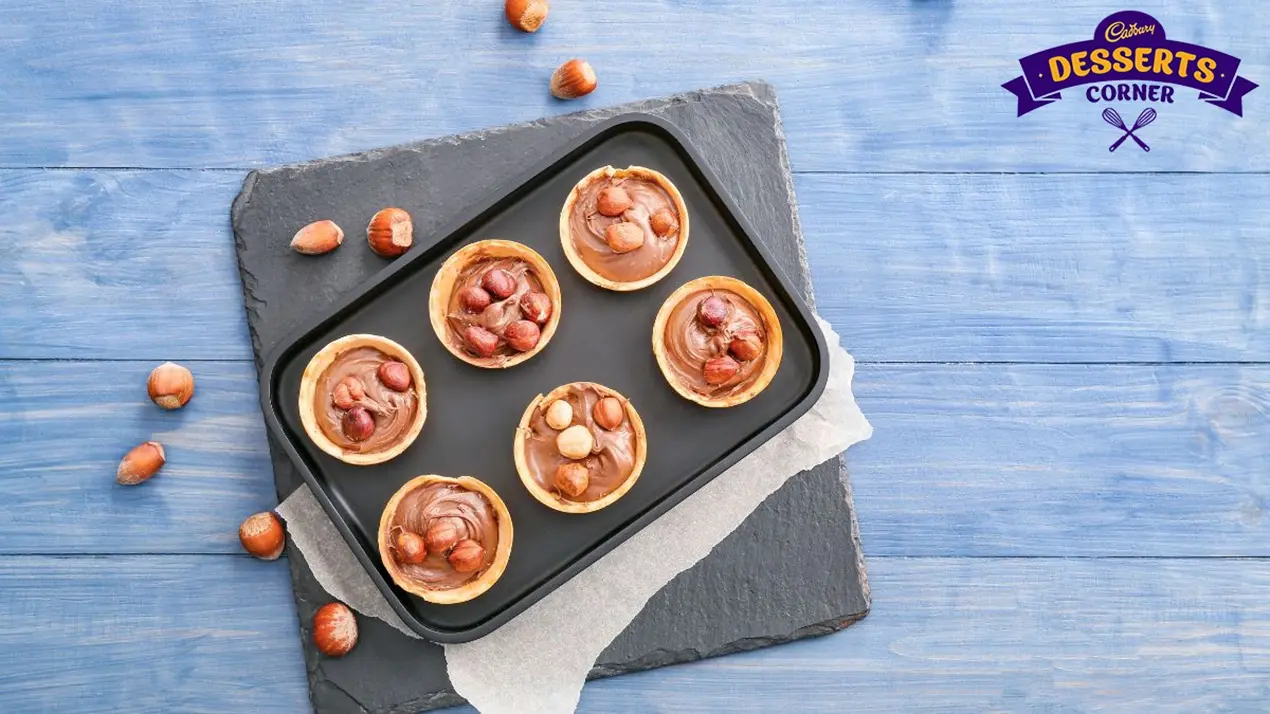
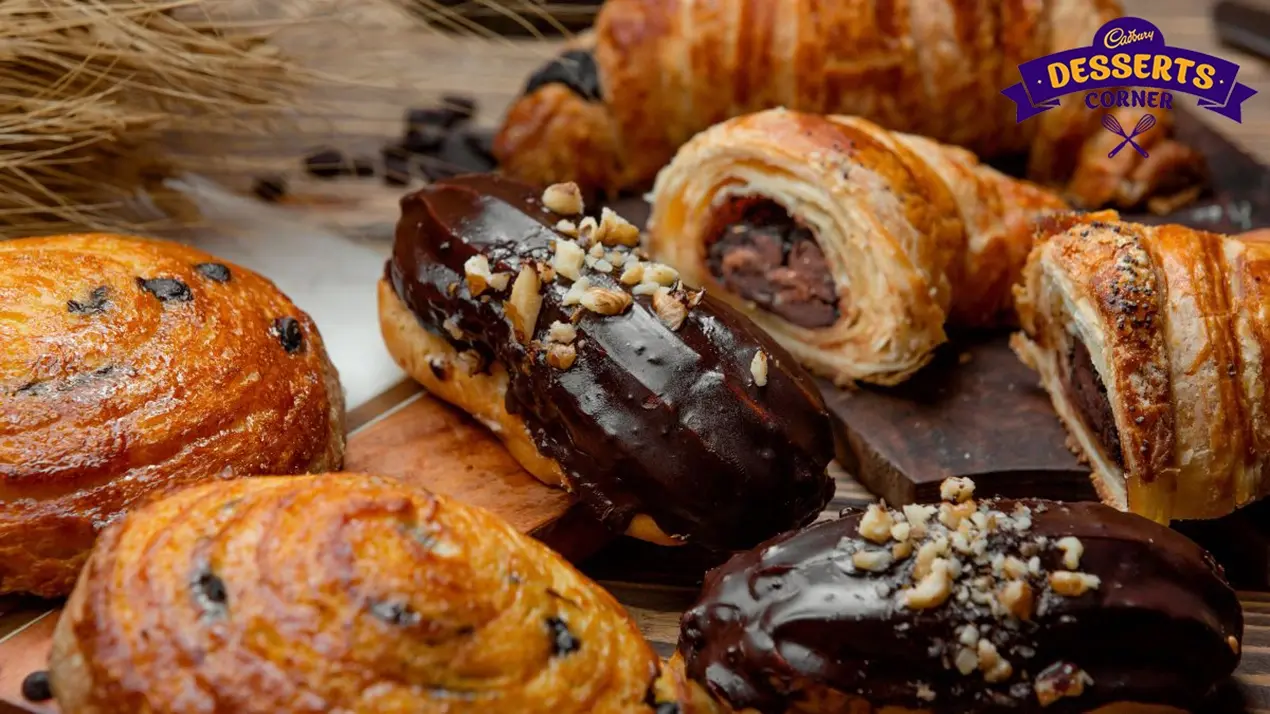

Popular Articles





Trending Web Stories
Curated Recipes

